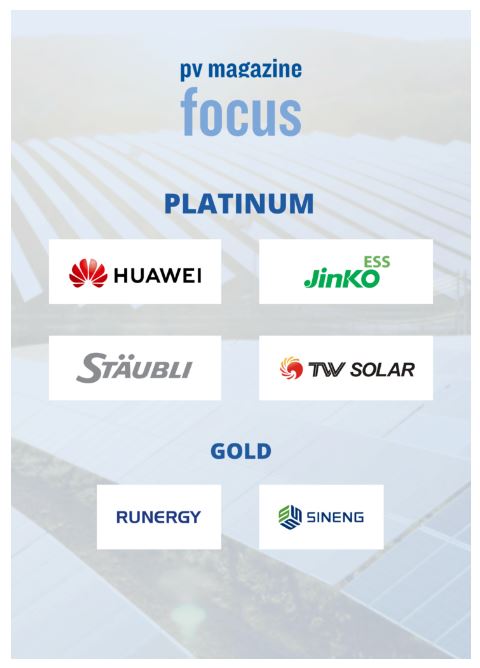From pv magazine Germany
Installing a home energy management system (HEMS) and connecting it to various devices should be as easy as connecting headphones via Bluetooth, said Gunnar Steg from Volkswagen, who is also a board member of the EEBus initiative. The discussion at the pv magazine Focus Event on Thursday, a side event to The Smarter E in Munich, made it clear that today's systems are not yet that far.
More than 300 industry participants followed the presentations and took part in the discussion with questions and practical problem cases. The discrepancy between the expectations of customers, who basically want to control everything automatically so that they save on electricity costs and operate their devices gently, and the actual possibilities of individual management systems became clear. Due to the complexity of the topic, it is not enough to simply tick off a list of features when making a purchase.
Instead, you have to look in depth at each individual application and also be clear about whether a system works locally with extra hardware or via the cloud. Thomas Haupt, research associate at the Technical University of Munich, presented a market overview with a comparison of various energy management systems (details on this and the entire Focus topic area can be found in the June issue of pv magazine, including the articles Looking for the Differences and A Look into the Black Box). His most important advice to the participants is: “Pay attention to the compatibilities!” However, the price differences, which are sometimes quite significant, are also likely to be relevant for customers.
Special case of home storage
It is also interesting that although many energy managers can specifically control heat pumps or wall boxes, they can only read the home storage without actually controlling it — a functionality that is important for charging from the grid. One of the problem cases described at the event can also likely be traced to this inadequacy: A home battery fed power into an electric vehicle as soon as the car drew electricity from the grid. The customer only managed to stop the problem with great effort and on his own.
Nico Orth of Berlin's University of Applied Sciences (HTW Berlin) addressed another important topic regarding battery storage. He pointed out that when selecting efficient battery systems, the maximum efficiency of inverters is not important. The systems discharge at very low power levels, especially at night. Installers should therefore keep an eye on the partial load efficiency and the efficiency of the individual conversion paths. According to studies by the university, there are efficiency differences of up to 30% between devices.
Dynamic tariffs and bi-directional charging
A third important quality feature is the forecasting ability of an energy management system. Only with a good forecast can the dynamic tariffs be used effectively, especially in a building with photovoltaics. This alone would prevent the battery storage system from being charged with grid electricity in the morning, when the sun rises shortly afterwards, charging it and fills it up anyway. The forecast of user behavior also comes into play when a schedule is set for controlling various consumers.
This alone would prevent the battery storage system from being charged with grid electricity in the morning right before the sun rises and charges it anyway.
However, there is still a lack of simple and generally binding standards, complained Markus Grosse Gorgemann of Energielenker Solutions. EEBus also seems too complicated and unreliable to him to actually ensure a smooth connection of products from different manufacturers.
Nevertheless, the current situation is only a snapshot, emphasized the experts. Development is currently progressing very quickly. One of the triggers for the development push is the availability of smart meters and the introduction of dynamic tariffs and network charges.
Commenting on the situation, Markus Hackmann of tech group P3, said he was already testing bi-directional charging. He added that it was more efficient to charge a home battery from the car in one go and with high power than to supply the household's low consumption directly from the vehicle. He also promised high savings and a significant increase in self-sufficiency as soon as the technology becomes widely adopted and prices fall.

This content is protected by copyright and may not be reused. If you want to cooperate with us and would like to reuse some of our content, please contact: editors@pv-magazine.com.



By submitting this form you agree to pv magazine using your data for the purposes of publishing your comment.
Your personal data will only be disclosed or otherwise transmitted to third parties for the purposes of spam filtering or if this is necessary for technical maintenance of the website. Any other transfer to third parties will not take place unless this is justified on the basis of applicable data protection regulations or if pv magazine is legally obliged to do so.
You may revoke this consent at any time with effect for the future, in which case your personal data will be deleted immediately. Otherwise, your data will be deleted if pv magazine has processed your request or the purpose of data storage is fulfilled.
Further information on data privacy can be found in our Data Protection Policy.